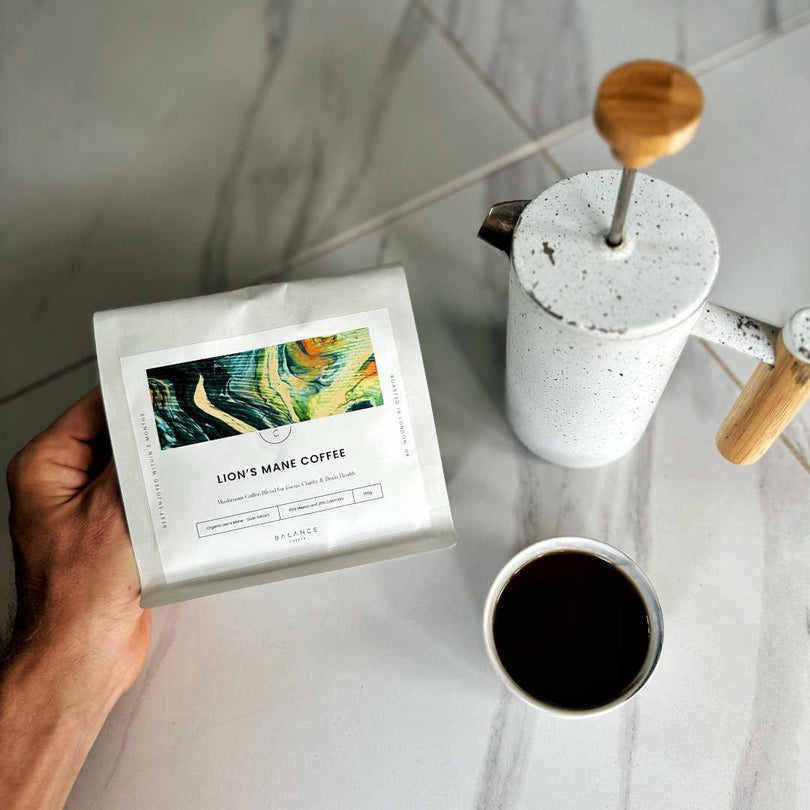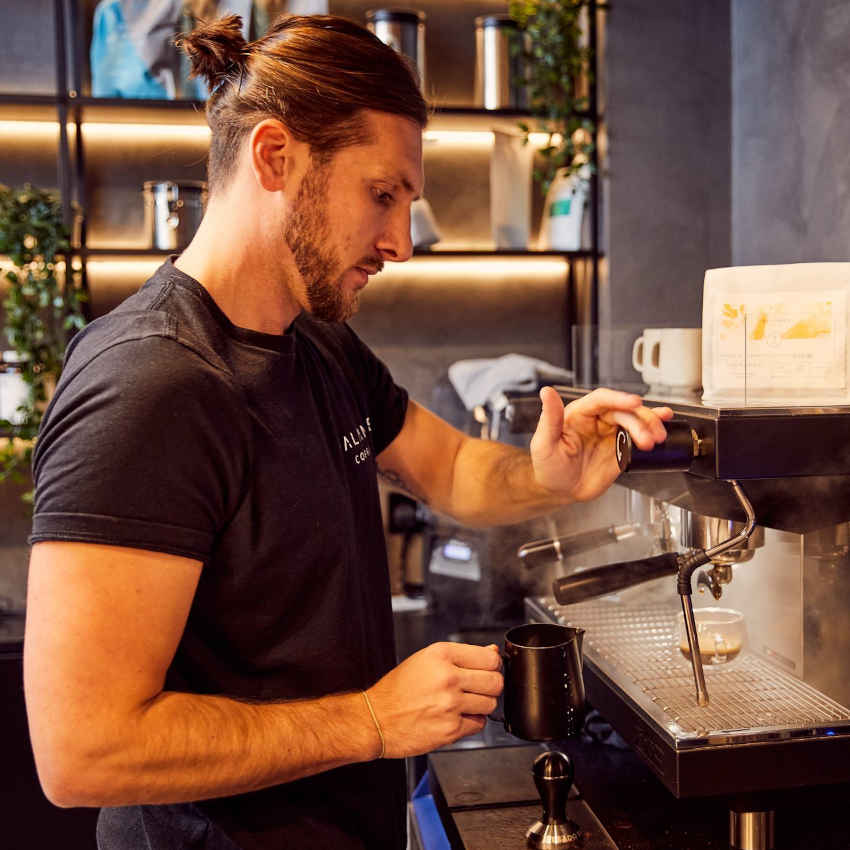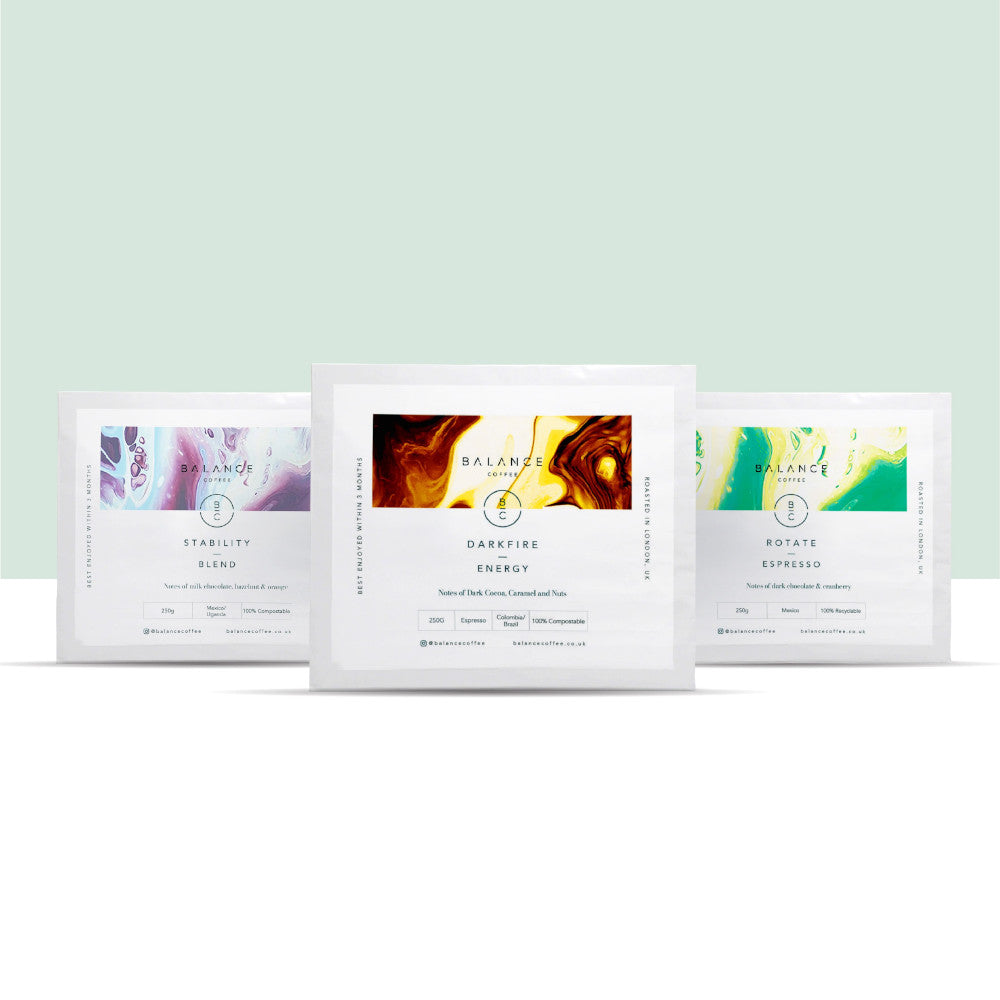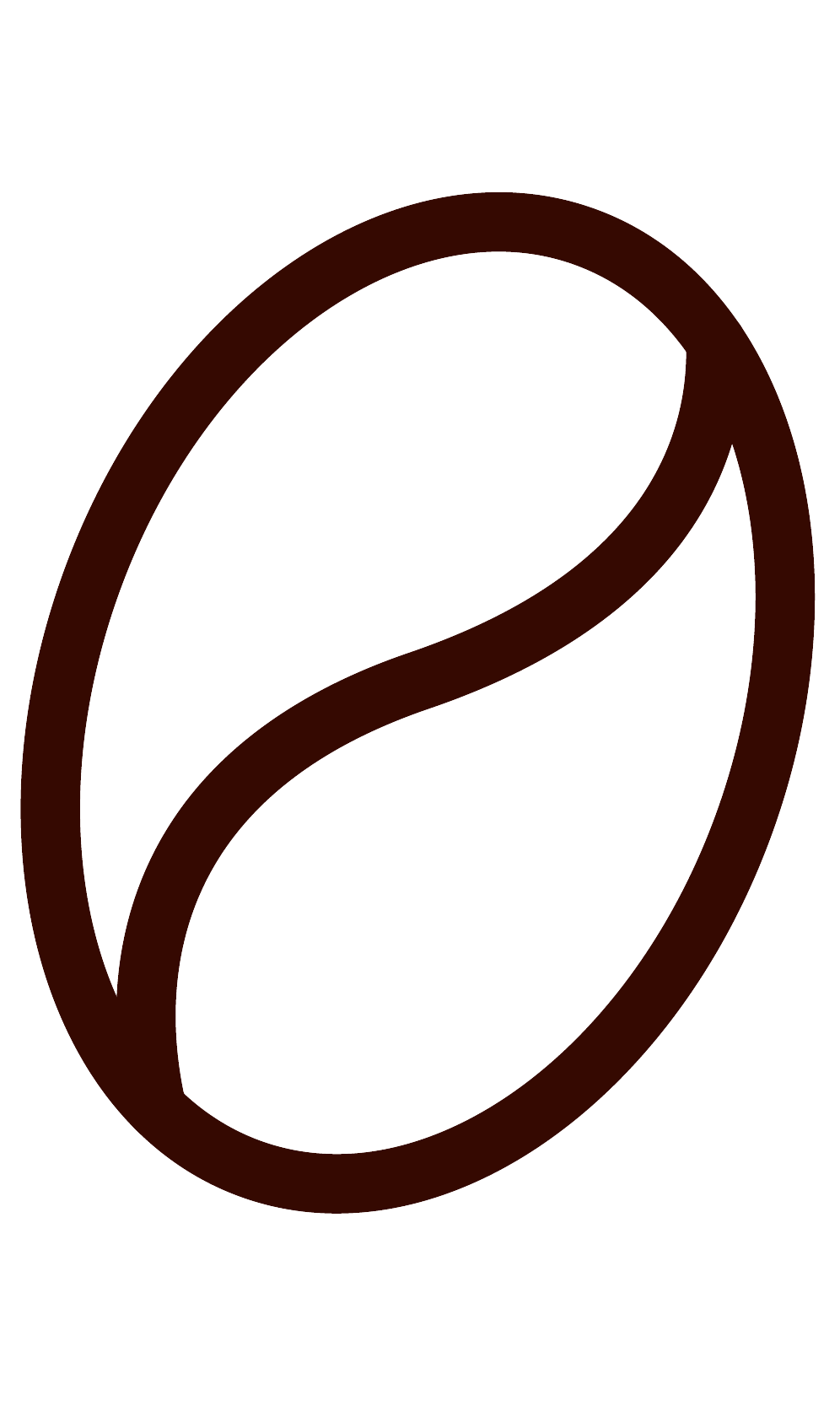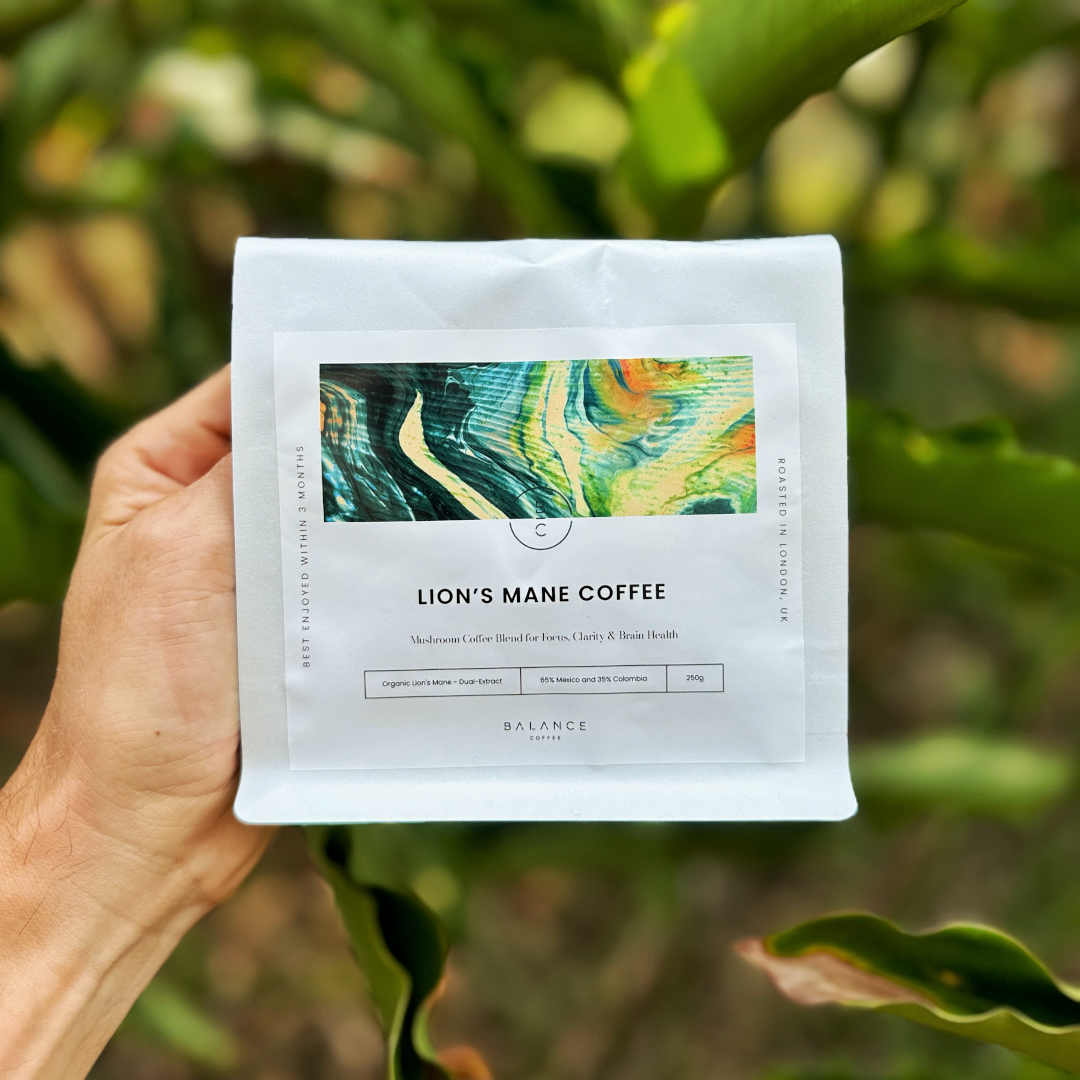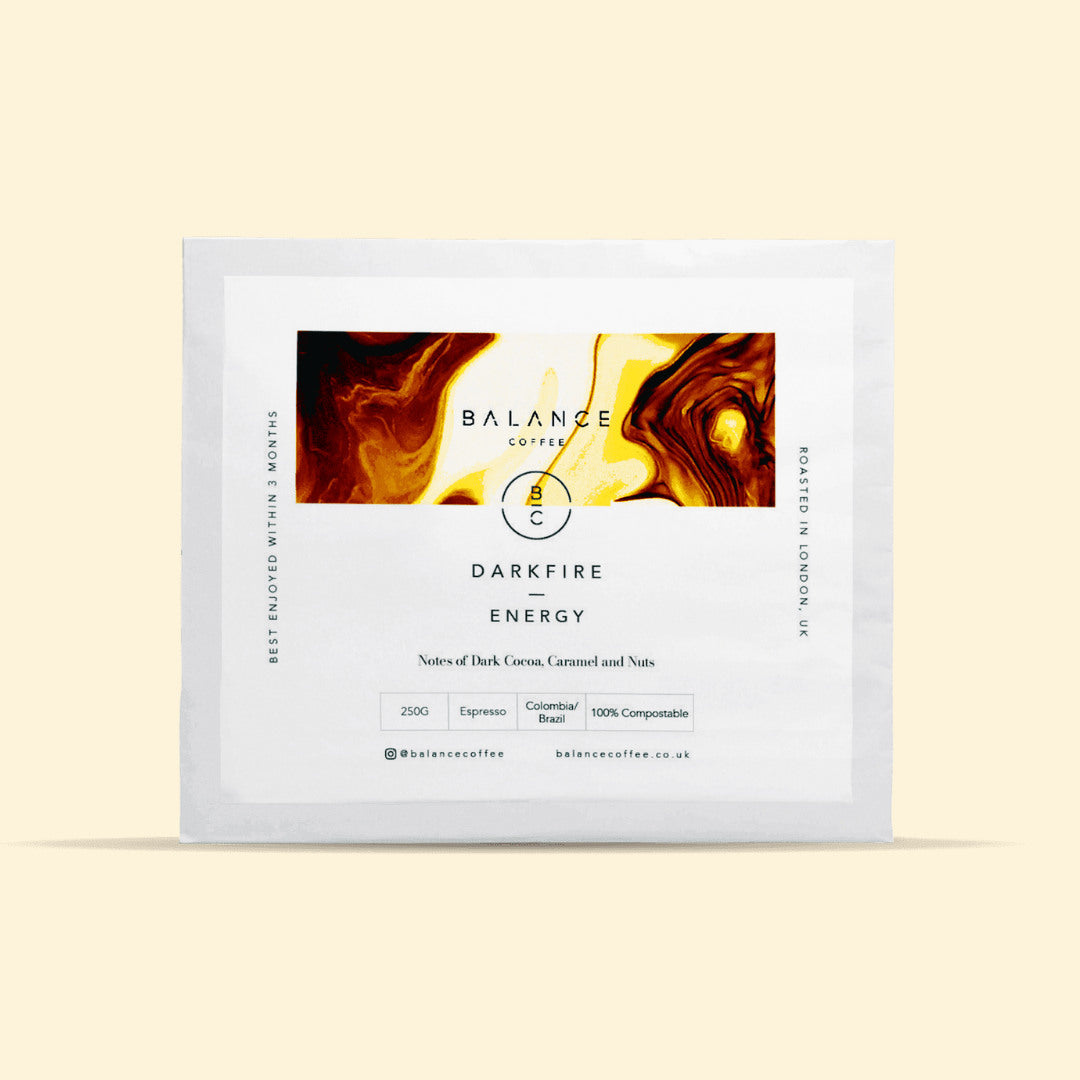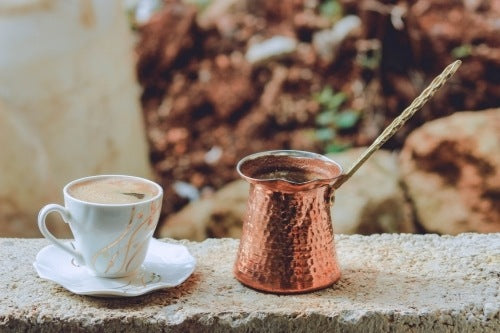There's a lot you can do to maximise the flavour of any cup of coffee - and one of the best is knowing how to grind your own coffee beans. and what coffee grinder is the best for you. In this blog post, I will be telling you all of our top coffee grinder tips.
Why you should grind your own coffee
One of the best ways to get the most out of your coffee is by grinding it yourself.
This is because as soon as you grind whole coffee beans, it starts to age.
Our founder James compares the ageing of coffee to bread: if you left bread out on the kitchen counter, the oxygen would almost immediately start to affect the quality and texture.
Pre-ground coffee is no different. The flavours will deteriorate almost immediately, leaving you with less aromatic and flavoursome coffee.
By grinding your own coffee right before using it, you're making sure that your cup of coffee is as delicious as possible.
Why it's important to grind coffee properly
However, you can't just use any old grinder. You need to make sure that you are grinding your coffee properly, using a dedicated coffee grinder.
This is also known as a burr grinder. There are two different types: conical burr grinders (which have two cone-shaped burrs that grind the coffee) and flat plate grinders (which have serrated rings grind the coffee).
Conical burrs are usually found on low-speed grinders, and flat plate burrs are found on all sorts of grinders. Both types are good, are known for their quality and flexibility, and are both specifically designed to grind coffee.
There are also blade grinders, which we strongly advise you against using. These are often multi-purpose grinders - e.g. machines that can grind coffee, spices, and more.
They don't actually grind coffee. Instead, they use blades to cut the coffee beans.
This makes your coffee grounds very uneven - you'll find coarse and fine particles in the same batch.
The motors of blade grinders also tend to run hot, so if you grind for too long the coffee beans will be scorched.
The final reason to stay away from blade grinders is because they are multi-purpose.
You don't want to combine any residue or dust from spices into your coffee grounds! There are also manual coffee grinders.
If they have a burr grinder, they can be an acceptable option.
They work exactly the same as an electric burr grinder, but instead of electricity turning the burrs, you're the one providing the muscle!
However, this does mean that you'll need to exert a lot more energy, and grinding to a espresso-level coarseness can take a while.
If you have one coffee a day, or if you often travel or camp, a manual grinder might be a good choice for you.
 An example of a manual coffee grinder
An example of a manual coffee grinder
However, you need to look at more than just the grinder itself! Depending on your brewing method of choice, you will also want to ensure that you are grinding your coffee beans to the right coarseness.
Generally speaking, this will be:
Cafetière: Coarse. Check out our cafetiere brewing guide blog to learn more.
Filter (V60, Kalita, Drip Method): Medium fine. You can read more about pour over methods in our Chemex and Hario V60 guides.
Aeropress: Medium fine, because you'll be applying pressure. Read more about using an Aeropress here.
Moka pot: Again, medium fine. We've also got a guide to using a Moka pot!
Espresso Machines: Very fine, almost like powder. Watch our youtube clip below which demonstrates how to grind coffee beans right.
How to clean It
Once you've chosen a great burr grinder, it is also important to know how to take care of and clean it. There are a couple of different methods:
1. Grinder cleaning pellets: One of the easiest ways to clean a grinder is with cleaner pellets. You simply need to grind a tablespoon of these pellets on a medium-fine setting.
Then just empty the pellets out. We suggest running a grind of coffee beans afterwards, just to make sure that all of the pellet dust is gone.
2. A full clean: However, it's also a good idea to give your grinder a proper clean every now and again. Generally speaking, this is what you'll have to do:
- Unplug grinder
- Pull apart the burrs
- Shake and smack the grinder
- Brush off any remaining coffee - use a soft brush or microfibre cloth to scrub out all the coffee grounds and dust that’s clinging to the inside of your grinder.
-
Wipe it down - wipe down the plastic pieces that you have removed or use your soft brush/microfibre cloth to remove any remaining dust. You can use a bit of soapy water for this – just make sure to get rid of any soap residue and to dry the pieces thoroughly before reassembling. Make sure to keep all the metal pieces dry, and do not spray anything into the grinder!
- Reassemble - now you can put everything back together. Some people then grind some coffee beans to 'season' the grinder, and to make sure everything's been put back together properly.
 With our coffee grinder tips, your machine will be kept in top condition
With our coffee grinder tips, your machine will be kept in top condition
If you have an espresso machine with an attached coffee grinder, we recommend reading your instruction manual for the specific steps for cleaning your coffee grinder.
Top coffee grinder tips: do not use rice to clean your grinder!
There is a myth that grinding rice is a way to clean a grinder. I do not recommend this method for a couple of reasons.
Firstly, rice is harder than coffee or cleaning pellets, so it may damage your grinder.
Secondly, grinding up rice creates a weird texture, which will actually make it harder to clean.
Some coffee machine manufacturers (such as Baratza) advise against it so much that they won’t cover damage caused to the grinder if you use rice.
How often should you clean a coffee grinder?
This really depends on how much you use your grinder. Generally speaking, once a week should do it, with a deeper clean every couple of weeks.
If you notice that there's a lot of coffee residue or excess coffee grounds in your grinder, that's the sign that you need to give it a clean.
And if your coffee isn't tasting as good as it normally does, you should consider giving your grinder a clean, as coffee residue in the grinder might be affecting the flavour.
By following all of these coffee grinder tips, we know that you can take your coffee to the next level!


